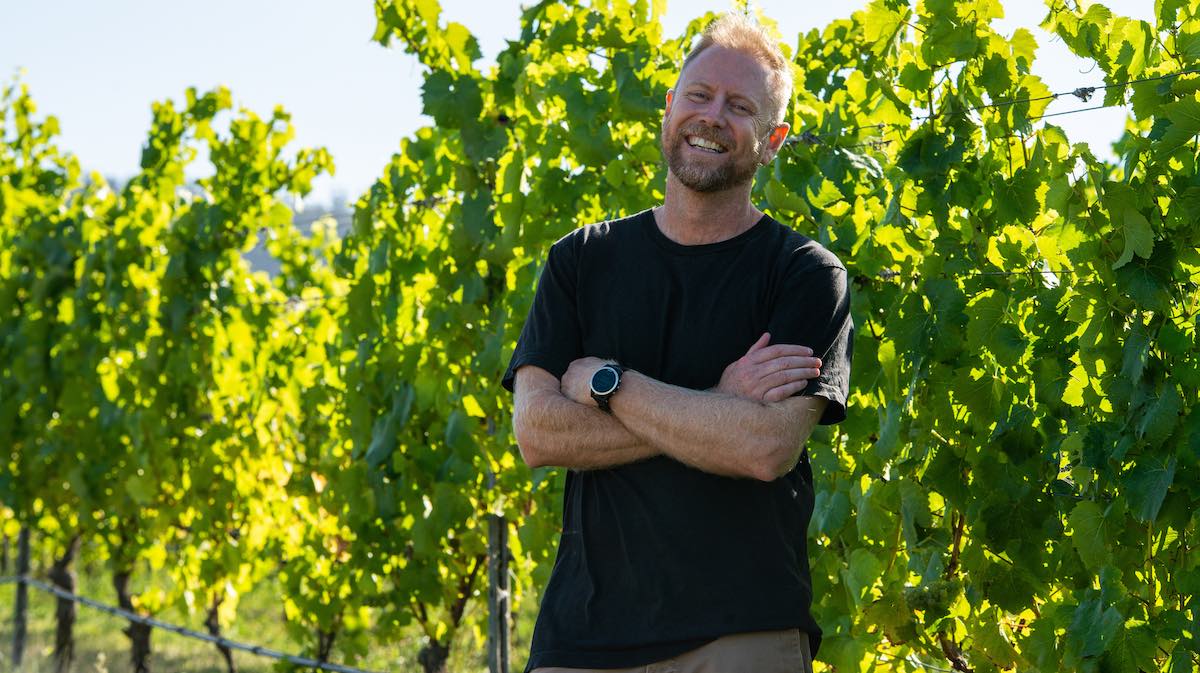In this guide, I’ll take you through the process of how to buy a winery in Australia, and give you the key information and industry insights you need to make good business decisions.
As you may already know, the Australian wine industry is a diverse space, full of opportunities as well as some challenges. Whether you’re a seasoned vintner or just a wine enthusiast, buying a winery in Australia will certainly be an adventure.
Let’s jump in!
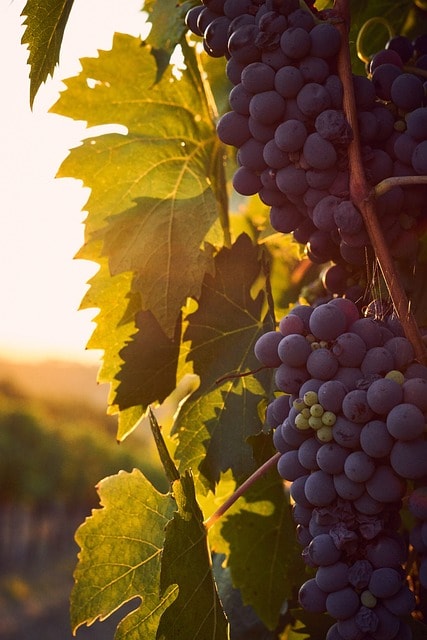
The Australian Wine Industry
Australia’s wine industry is world renowned and has been around since the early 1800s. Today we have over 2,000 wineries and 6,000 grape growers producing a huge range of wines for both domestic and international markets.
The industry is diverse, from big producers to small boutique wineries making premium, hand crafted wines. In recent years there’s been a growing interest in organic wines, natural wines and biodynamic farming practices as consumers change and sustainability becomes more important. Biodynamic wine production often involves the use of plant-based preparations, which, along with compost teas and natural minerals, promote soil health and create a more harmonious ecosystem for grape growing.
Key wine regions in Australia are:
-
Barossa Valley, South Australia
-
Margaret River, Western Australia
-
Hunter Valley, New South Wales
-
Yarra Valley, Victoria
-
Tasmania
Each region has its own terroir and specialities so the types of grapes grown and the styles of wine produced will vary.
How to Buy a Winery in Australia
Making the decision to buy a winery in Australia can be an emotional one, so make sure you keep your business head on, look carefully at the numbers, and be sure to have a comprehensive business plan that will guide you through your first years of operation.
Entering the wine industry with little knowledge in farming, property management, and the wine business can lead to poor financial outcomes, so it’s crucial to gain expertise in these areas before making an investment.
Here are some of the key steps you’ll need to take to make your vision a reality.

1. Define Your Vision
Before you start your winery purchase journey you need to define what your vision actually is.
Are you looking for:
-
A boutique winery making premium, small batch wines?
-
A larger operation with export potential?
-
A winery with an established cellar door and tourism facilities?
-
A vineyard only operation selling grapes to other producers?
Your vision will dictate your search and the type of winery you end up with.
2. Business Finance
Buying a winery in Australia is a big investment. Prices can range from a few million to tens or even hundreds of millions for big, established brands (read more about banks for farmers here).
To prepare financially:
-
Be clear on your cash reserves
-
Research finance options
-
Look at partnerships or investment opportunities
Remember the purchase price is just the start. You’ll also need capital for operations, potential renovations or upgrades and working capital. The wine industry is a cash hungry industry with long lead times between investment and return.
Working with a professional business finance broker can help you understand the different lending products that are on the market, particularly areas such as asset finance to purchase significant equipment, or cash flow focused lending products to help you get through slower periods of the year.

3. Market Research and Winery Selection
Now that you have your vision and financial capacity defined, it’s time to start identifying wineries.
This involves:
-
Working with wine industry brokers who’ve been in this space a long time. Just be sure that you understand any personal relationships that may exist in the background. This is an industry where everyone tends to know each other.
-
Searching online business marketplaces can be a great way to get a feel for business values.
-
Networking within the industry & reading industry publications can keep your finger on the pulse.
When looking at wineries consider:
-
Location: The wine region will impact the style and marketability of your wines
-
Size and production capacity: Does it match your vision and financial projections
-
Brand reputation: An established brand is an asset
-
Tourism potential: Many Australian wineries get a significant income from cellar door sales and tourism
4. Due Diligence
Due diligence is critical when buying a winery. This will involve:
Due Diligence |
Action |
|---|---|
Financial |
|
Operational |
|
Legal |
|
Environmental |
|
Remember, due diligence isn’t just about identifying any issues or problems with the business, it’s also about finding untapped opportunities for business growth.
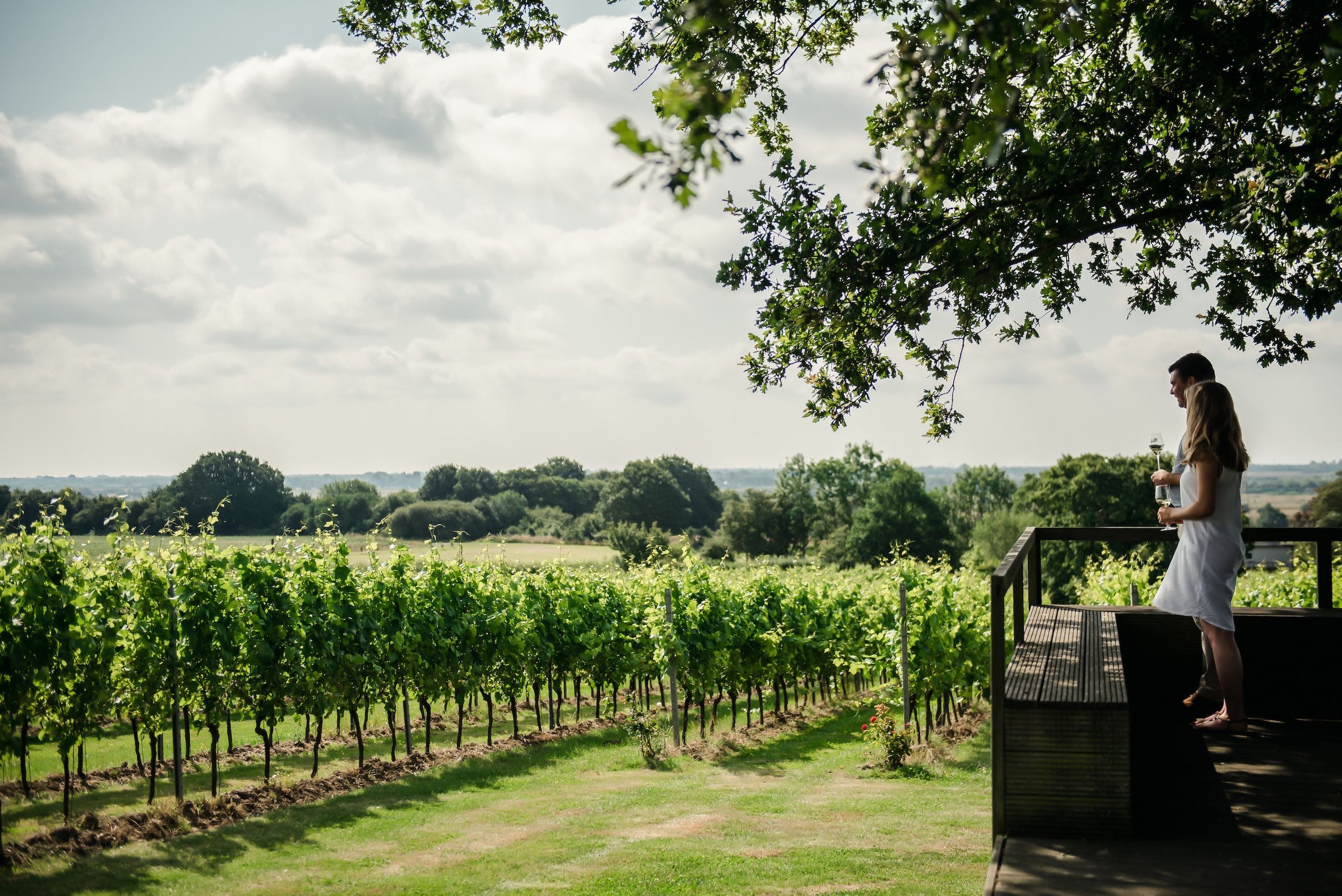
5. Valuation
Valuing a winery is a complex process. Common methods include:
-
Asset based valuation
-
Income based valuation
-
Market comparison approach
It’s best to engage a professional valuer with winery valuation experience.
6. Financing Your Purchase
Unless you’re paying cash you’ll need to finance. In Australia this might include:
-
Business Bank Loans
-
Asset Based Lending
-
Government Assistance Programs
7. Negotiation and Purchase Agreement
Once you’ve done due diligence and secured finance it’s time to negotiate. Key points of negotiation will include:
-
Purchase price
-
Asset allocation (land, equipment, inventory, brand value)
-
Representations and warranties
-
Indemnity provisions
-
Transition assistance
8. Regulatory Approval
Depending on the size and nature of the acquisition you may need approval from:
-
Australian Grape and Wine Authority (Wine Australia)
-
State based liquor licensing authorities
Foreign buyers should be aware of additional regulations from the Foreign Investment Review Board (FIRB).
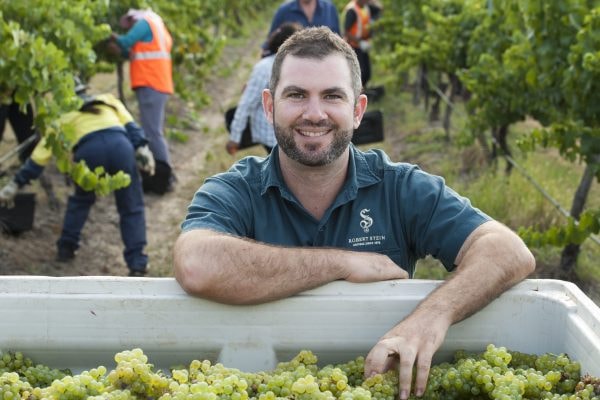
9. Transition and Integration: Cellar Door
Once the purchase is complete focus on a smooth transition. Key areas will include:
-
Communication with employees, particularly the winemaking team
-
Integration of systems and processes
-
Review and renegotiation of grape supply and distribution contracts
-
Implementation of any planned changes or upgrades
Challenges for Grape Growers
Buying a winery in Australia has its own set of challenges:
-
Climate Change and Water Scarcity: Many wine regions are getting warmer and more variable with rainfall, impacting grape quality and yield.
-
Oversupply: The Australian wine industry has had oversupply issues in recent years.
-
Export Market Volatility: Exports are critical to the Australian wine industry but international markets can be unpredictable.
-
Skilled Labour Shortage: The industry has a shortage of skilled labour, particularly in viticulture and winemaking.
-
Compliance and Regulation: The wine industry is heavily regulated in Australia, requires ongoing compliance.
The Trend to Biodynamic Wines
As you buy a winery you should also be aware of these key industry trends:
-
Consumer interest in organic wines and biodynamic farming is growing, which is leading to more organic and biodynamic wines being produced.
-
The natural wine movement, with minimal intervention in the winemaking process, is gaining momentum which can affect overall volume possible.
-
Many wineries are adopting sustainable farming methods, using compost teas and natural minerals, with a focus on more sustainable practices.
-
Wineries are focusing on creating unique cellar door experiences to attract visitors and drive direct sales, as a way to diversify revenue and differentiate in the market.
-
While Chardonnay and other common grapes remain popular, there’s growing interest in alternative grape varieties that suit Australia’s climate.
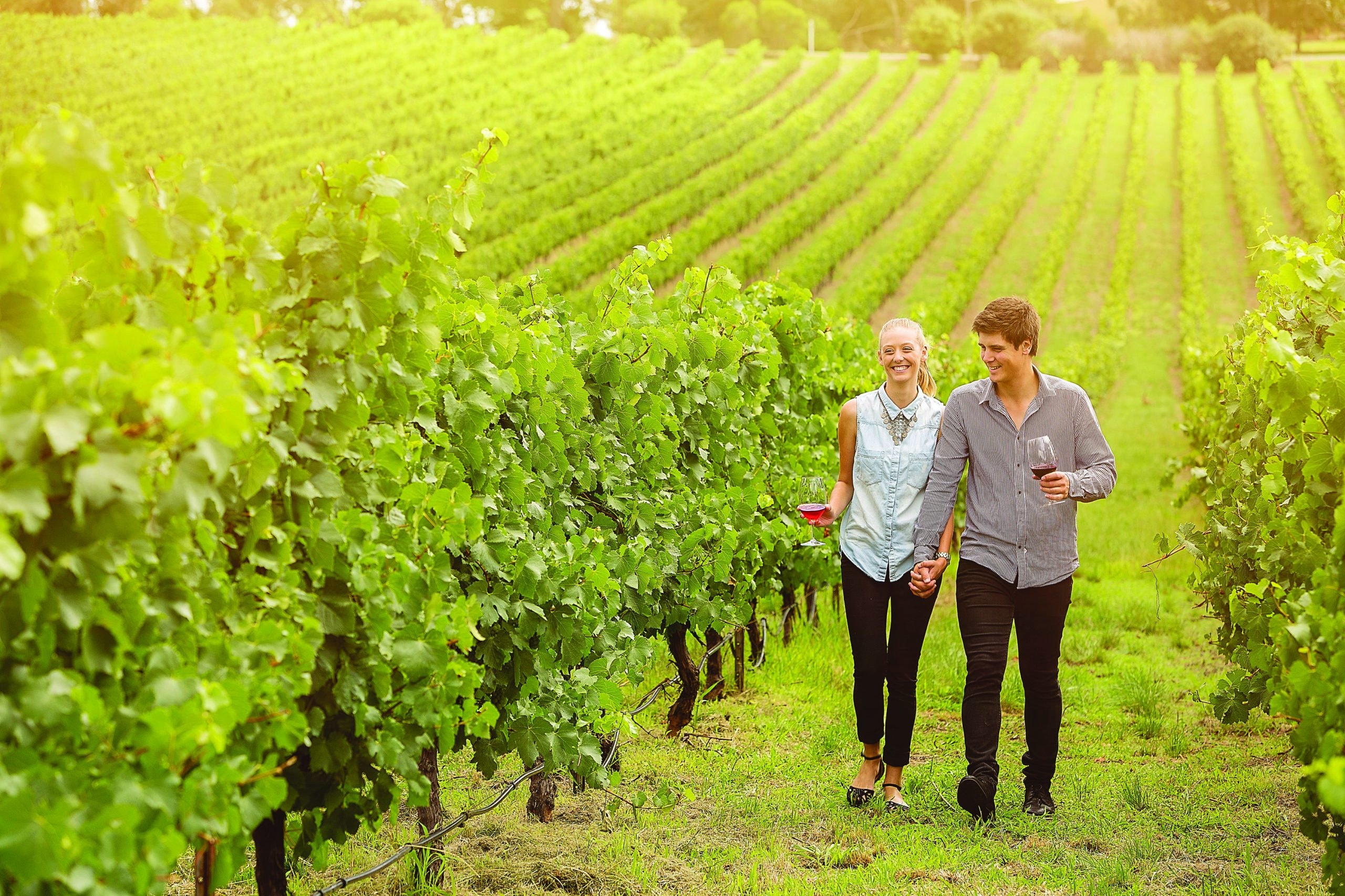
Read to get started?
Buying a winery in Australia is a big job that requires business planning, due diligence and deep pockets. But if you love wine and have business acumen it can be a great investment.
The Australian wine industry may have its challenges, but it’s still a global leader in wine production and innovation. The focus on premium wines and the recognition of Australia’s wine regions is an opportunity for smart investors.
Whether you’re a wine industry insider or a wine lover buying a winery can be a game changer. Done right it will put your business at the heart of the Australian wine industry.
The team here at Smart Business Plans is a great starting point for anyone looking to buy a winery. We can help you write your business plan which helps you clarify exactly what you’re looking for, and your vision for the future.
